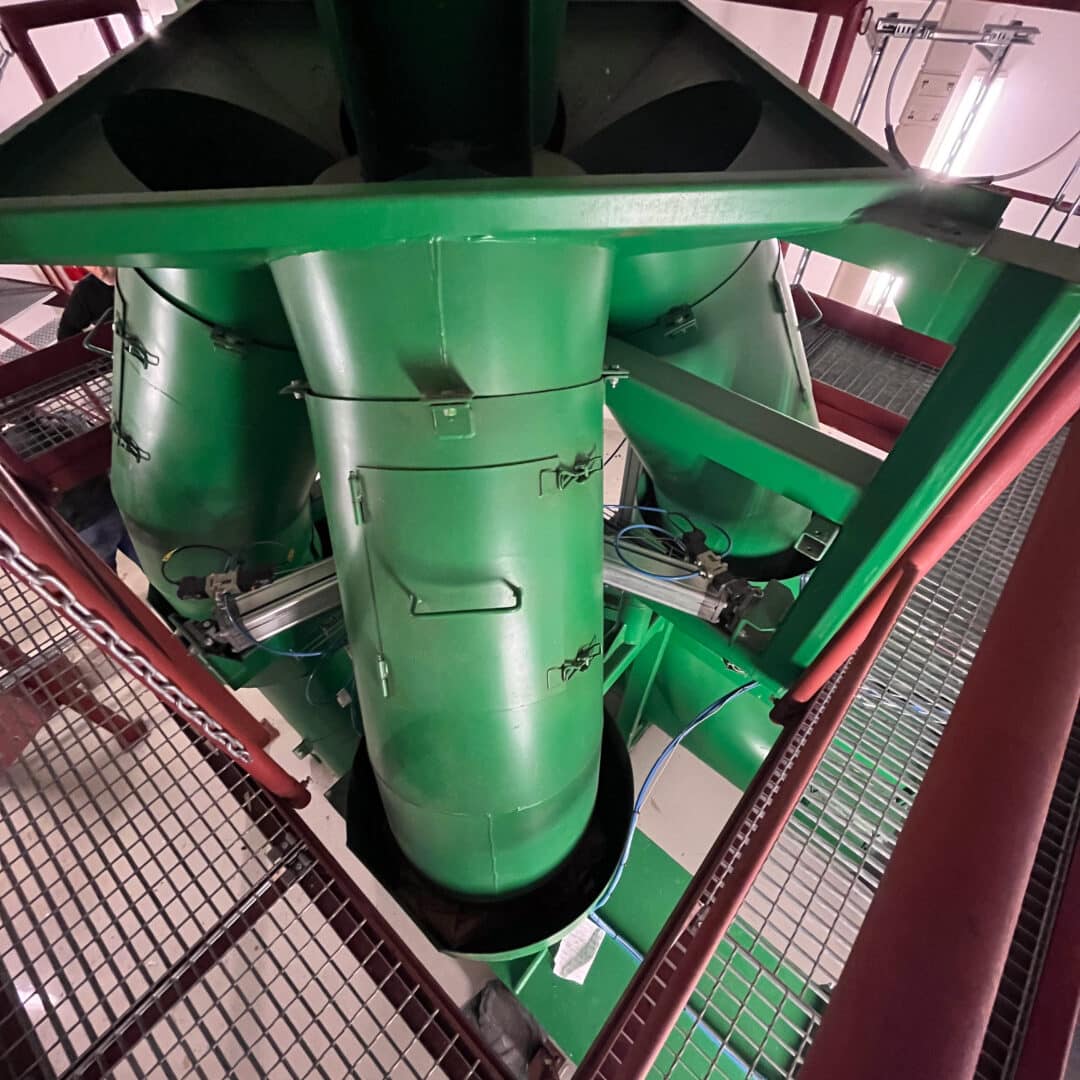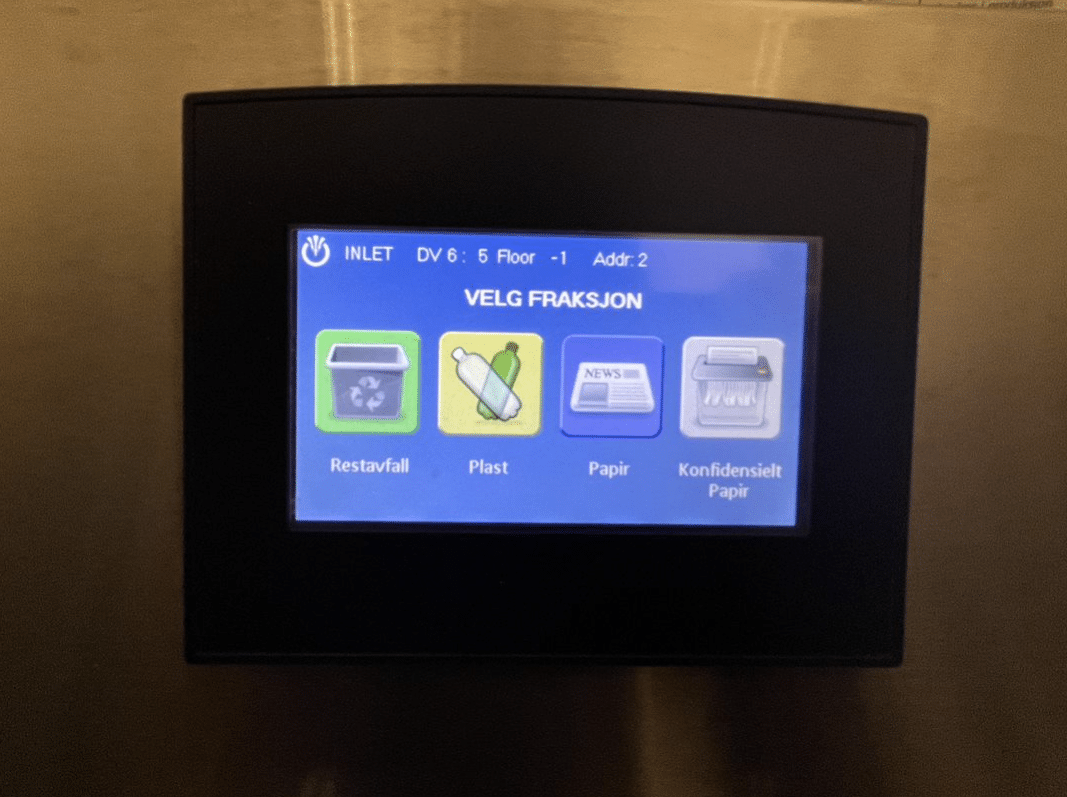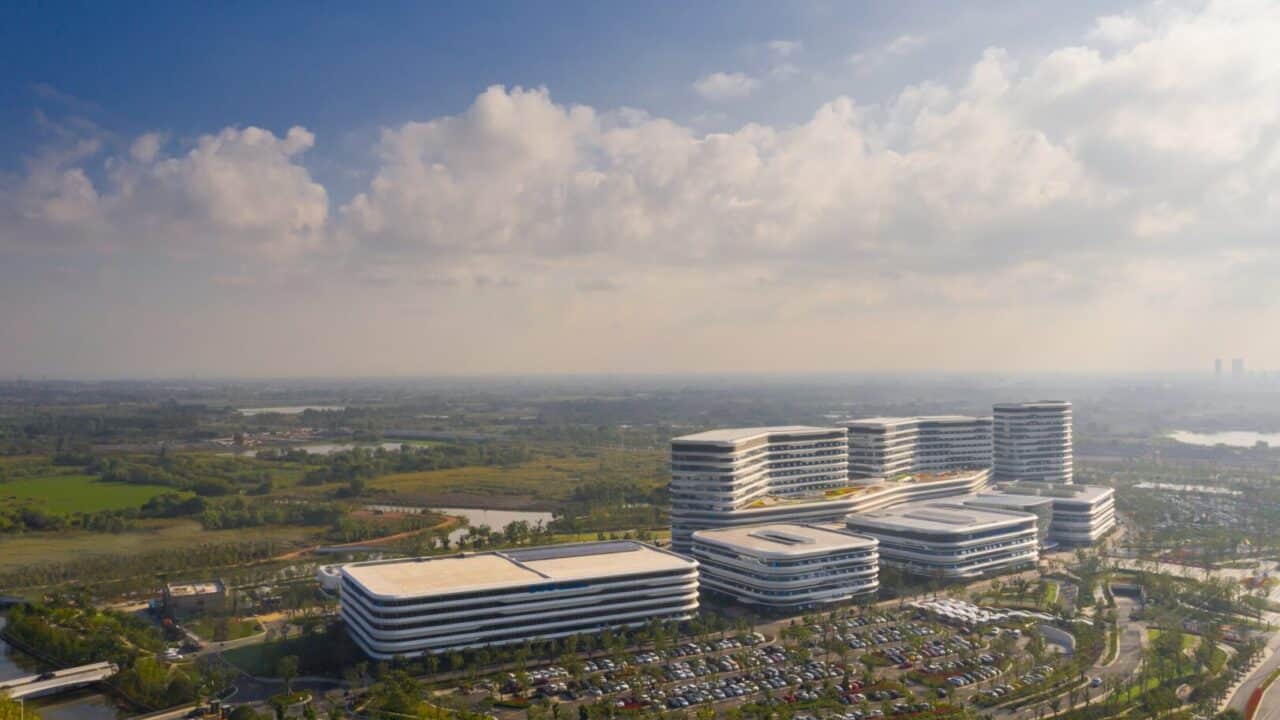4 fractions
paper, confidential paper, residual, and plastic
St. Olavs Hospital in Trondheim has a surface area of 206,600 square meters and more than 8,600 employees. Founded in 1901, the hospital initially had only seven buildings, but it has undergone significant upgrades and transformations over the last three decades. The hospital underwent a significant reconstruction project, which resulted in the construction of new buildings and facilities over a large area. The new hospital has over 900 beds and has implemented several innovative measures to ensure efficient and effective waste collection.
AUTOMATIC WASTE COLLECTION AT THE HOSPITAL
One of the most notable measures adopted by the hospital is the installation of Envac’s automatic waste collection system. The system is designed to collect four different waste streams: paper, confidential paper, residual, and plastic.
It requires only one disposal inlet for all four fractions, which is connected to an underground pipe network and automatically sorts the waste into separate containers. The system, also known as Sort-More, provides a high level of service while meeting the hospital’s strict requirements for hygiene, occupational health, and safety. Inlets with screens on every floor level have four different options. This helps to control the type of waste that goes into the corresponding container at the end of the pipe network.
Whenever a user selects an option for the selected type of waste, the system uses air pressure to transport the waste to the collection terminal. After that, it is diverted into the proper waste containers. The system also connects to Øya Helsehus, a 20,000 square metre care home for special needs and elderly. Read more about St Olav Hospital.
paper, confidential paper, residual, and plastic
waste collected per year
with touchscreen and sensors
underground pipe network


Sort-More is a mechanism developed by Envac for handling up to four different waste fractions in one single chute. Sort-More is installed at the bottom of a vertical waste chute and acts as a multi-diverter and an intermediate storage.
Main components:

The hospital is easier to maintain, clean and tidy. The waste management system is designed to expose no bacteria associated with the waste throughout the facility, resulting in no unpleasant odour in the hospital wards, corridors, or collection stations. The system can handle large volumes of waste, requiring less workforce for waste collection.
Lars Nordvik Facility Manager, St Olavs Hospital, Norway

The hospital system has a long way to go in its lifecycle, but in an ever-evolving and dynamic environment, Envac suggests modernization with the following improvements:

Healthcare Huzhou, China
The Huzhou Central Hospital is in charge of providing medical care to over 4 million individuals. Envac’s automatic waste collection system provides an efficient solution for managing general waste and soiled linen in the hospital, creating a safer and cleaner hospital environment.

Healthcare Atlanta, Georgia
Consistently ranked among the top children’s hospitals by U.S. News & World Report, Children’s Healthcare of Atlanta strengthens its green and sustainable focus with an automated pneumatic waste removal system, ensuring a cleaner and more efficient environment for patients and staff.

Healthcare Haiku City, China
Envac’s solutions have transformed the hospital environment, ensuring a cleaner, more efficient, and comfortable space for patients, visitors, and staff. By automating waste collection, the system dramatically improves hygiene standards and supports a smoother hospital operation.